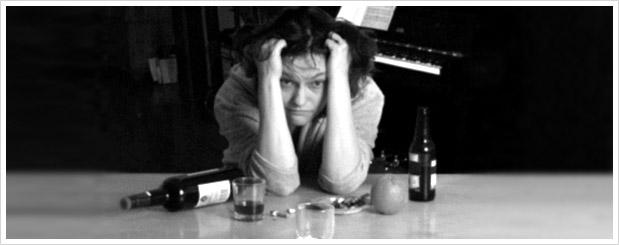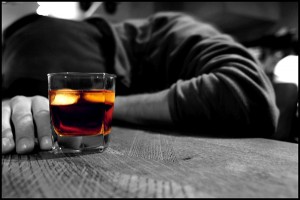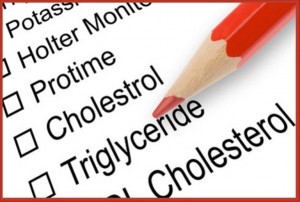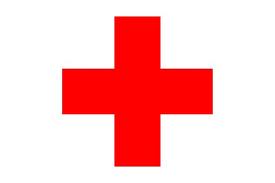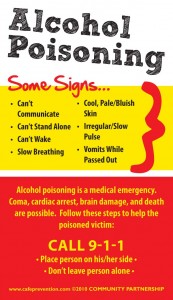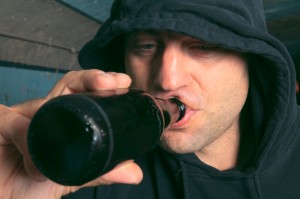Hangover Movie: Bad Santa
Bad Santa is an American Christmas crime comedy. It stars Billy Bob Thornton, Bernie Mac, and Lauren Graham.
The movie starts off with the main character Willie Stokes, played by Thornton. Every year Willie Stokes finds a different job at shopping malls to dress up as Santa. Supposedly Willie Stokes is a jolly old man whom all the kids love. This isn’t the case though. On Christmas Eve, Willie and his friend Marcus the ‘elf’ will disarm the alarms in the shopping mall and then rob the store blind. Willie then spends the rest of his year getting drunk and committing other crimes waiting for next Christmas where he will find a shopping mall where he can dress up as Santa and then rob them again. The following Christmas Willie and Marcus meet up once again to rob a mall in Phoenix, Arizona and during that time Willie meets a bartender named Sue.
Meant to be funny and full of insult and Christmas humor, Bad Santa really is bad. During Willie’s shift work as Santa, Willie finds a quiet, fat boy named Thurman. One night when Willie is getting off work he gets attacked by a strange man and Thurman ends up helping Willie. Willie drives Thurman home and then realizes that Thurman lives in an expensive house with only his grandmother so Willie manages to talk Thurman into letting him rob the house and take the expensive car in the driveway.
Eventually at his job at the mall as Santa a security guard starts to pick up on Willie’s antics. The security guard, Gin Slagel played by Bernie Mac then decides to break into Willie’s house to search for any evidence he can find to get Willie fired. The movie continues on with Willie and Sue’s relationship and Willie is now living with Thurman. The security guard eventually figures out that Thurman’s father is actually in prison for embezzlement and decides to pay him a visit. When he goes to visit Thurman’s father he realizes that Willie should not be staying at Thurman’s house and from that point on it is the end of Willie’s robbery days.
On Christmas Eve, Willie, Marcus and Lois break into the mall and disarm the alarms. It takes Willie longer than usual to crack open the safe; Marcus notices this and after successfully opening it, Marcus reveals to Willie that he is becoming too unreliable and was planning on killing him. Before Marcus could take his shot, a police squad appears and starts shooting at all three of them. Willie makes an escape, but manages to snag a pink stuffed elephant as Thurman’s Christmas present. He escapes and drives back to Thurman’s house with a convoy of policeman behind him. However, while trying to get to the front door, the police shoot him down.
The epilogue of the movies is told from a letter Willie wrote to Thurman from the hospital explaining his innocence. In the end Marcus and Lois are arrested and Sue gets custody of Thurman and Willie ends up being a sensitivity security guard.

